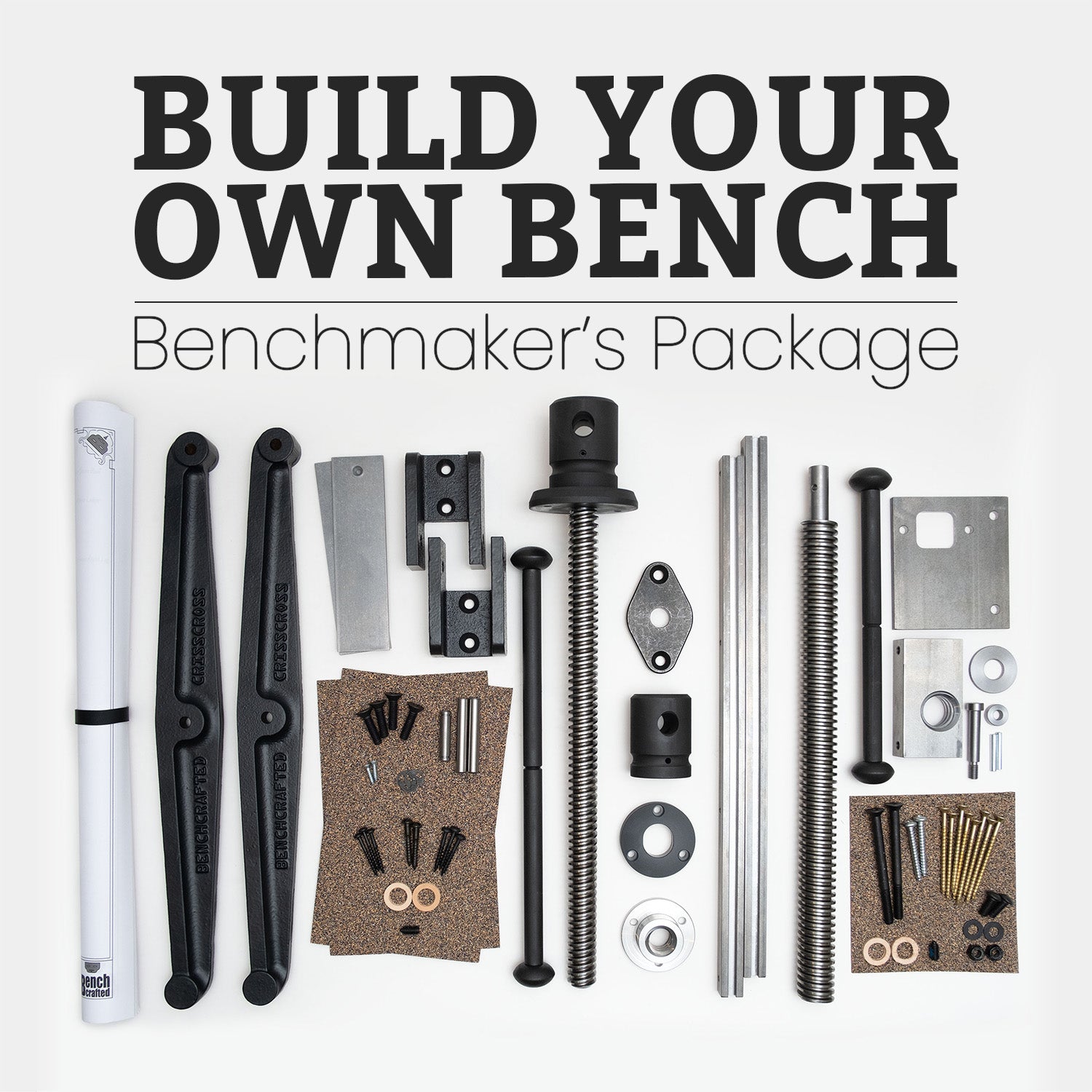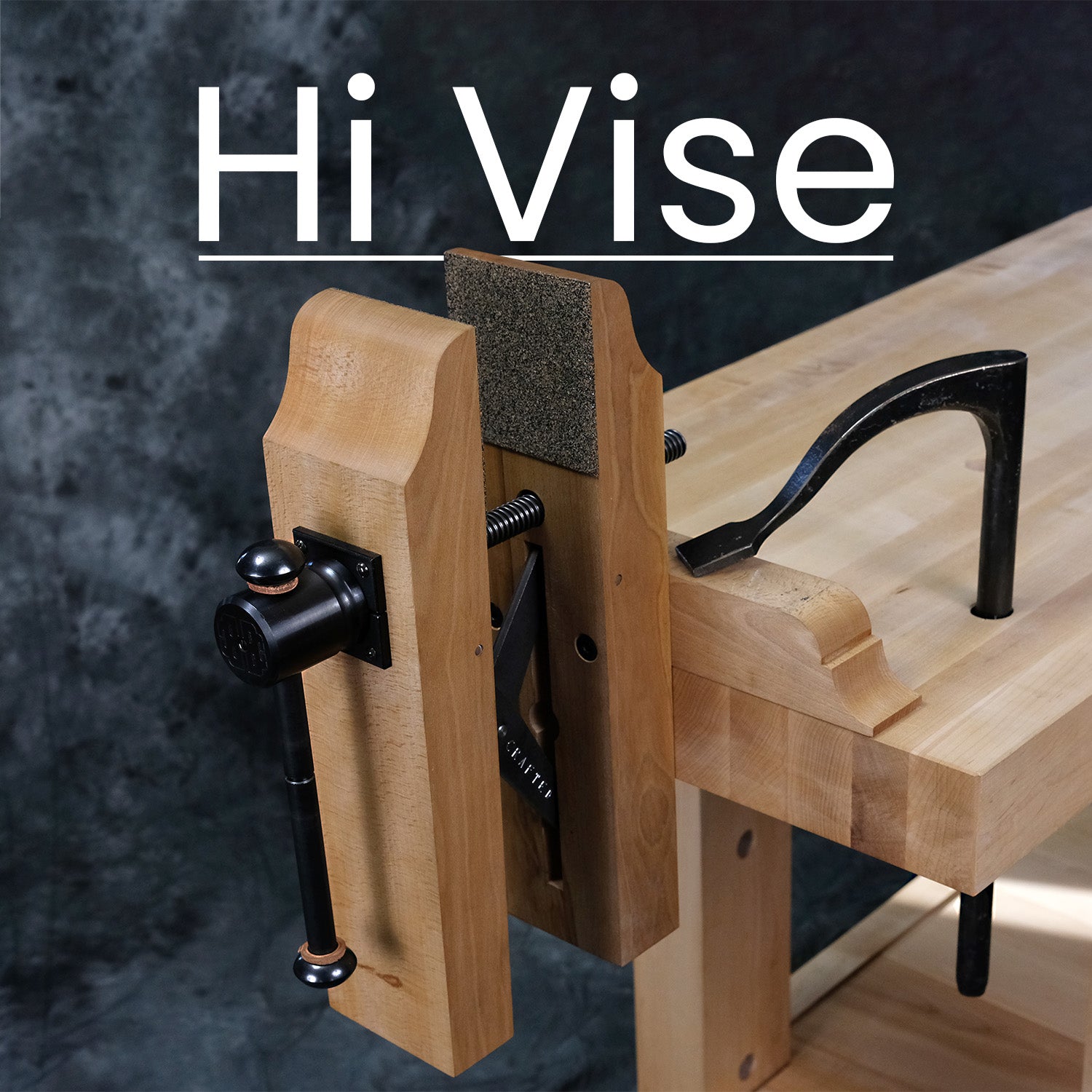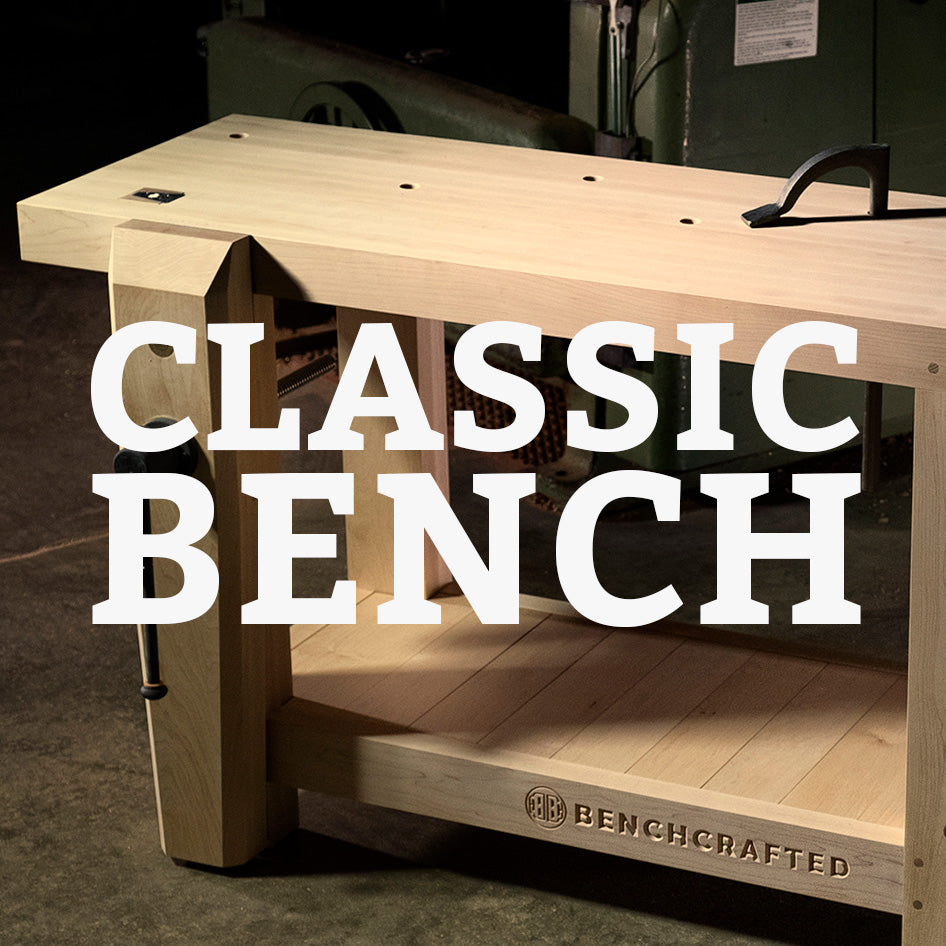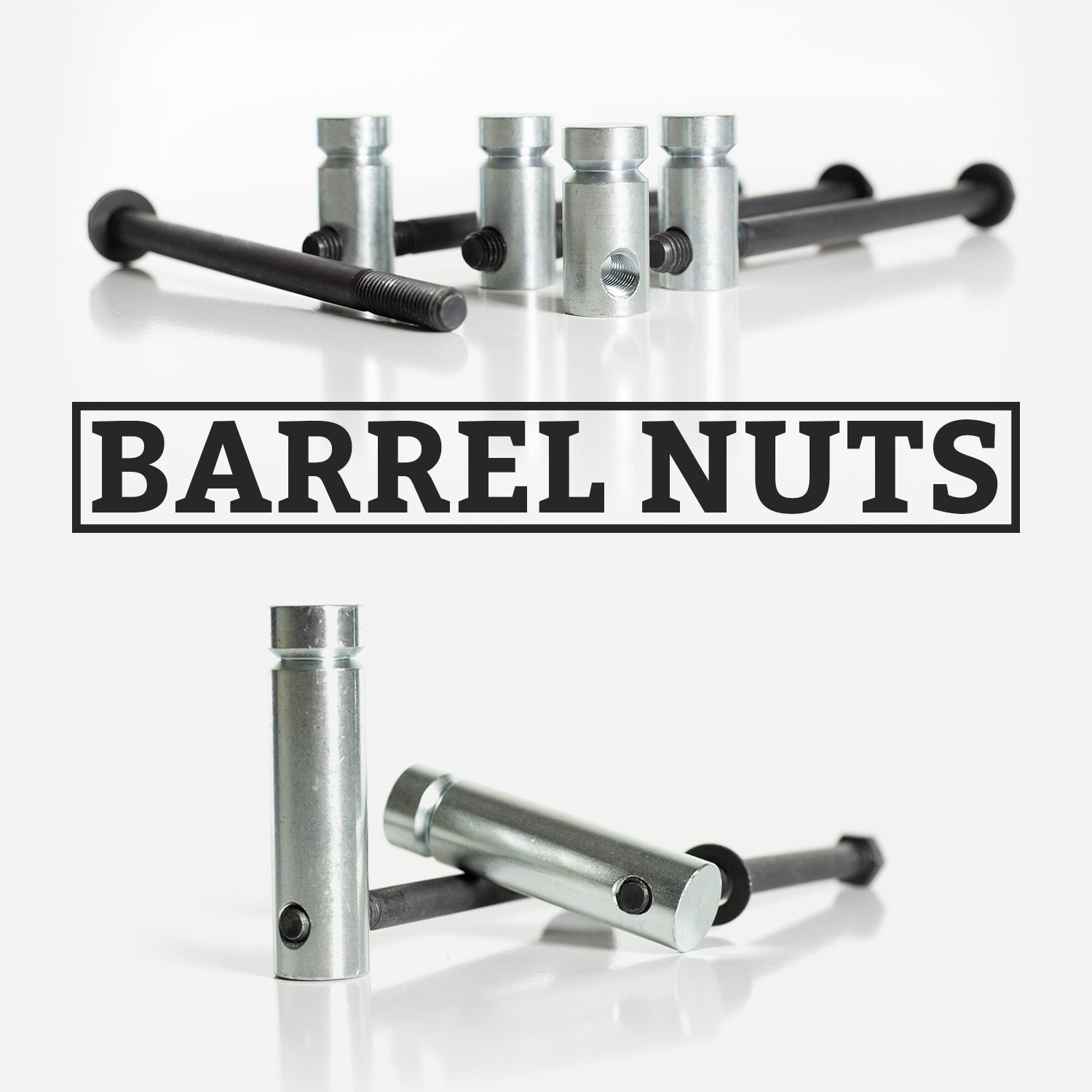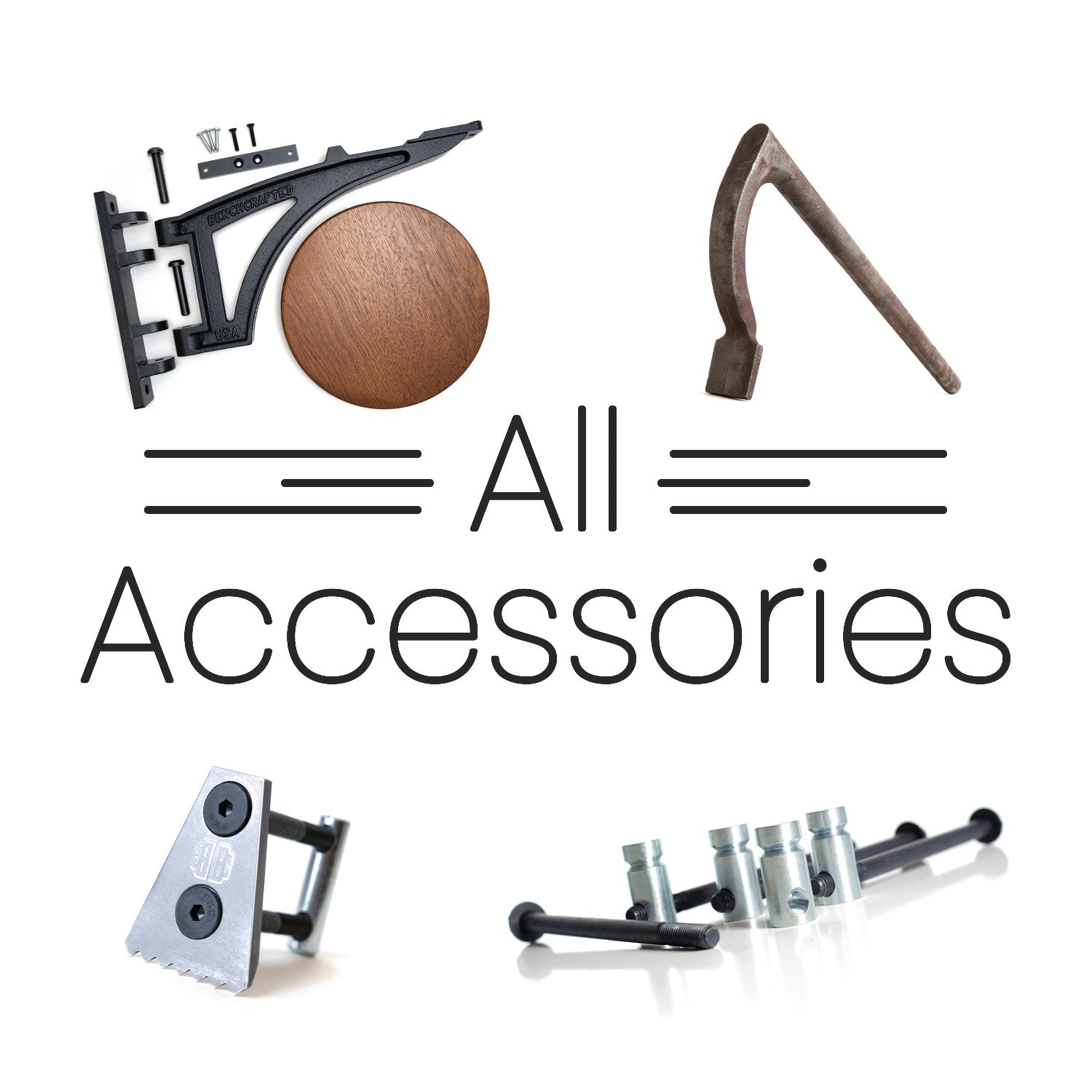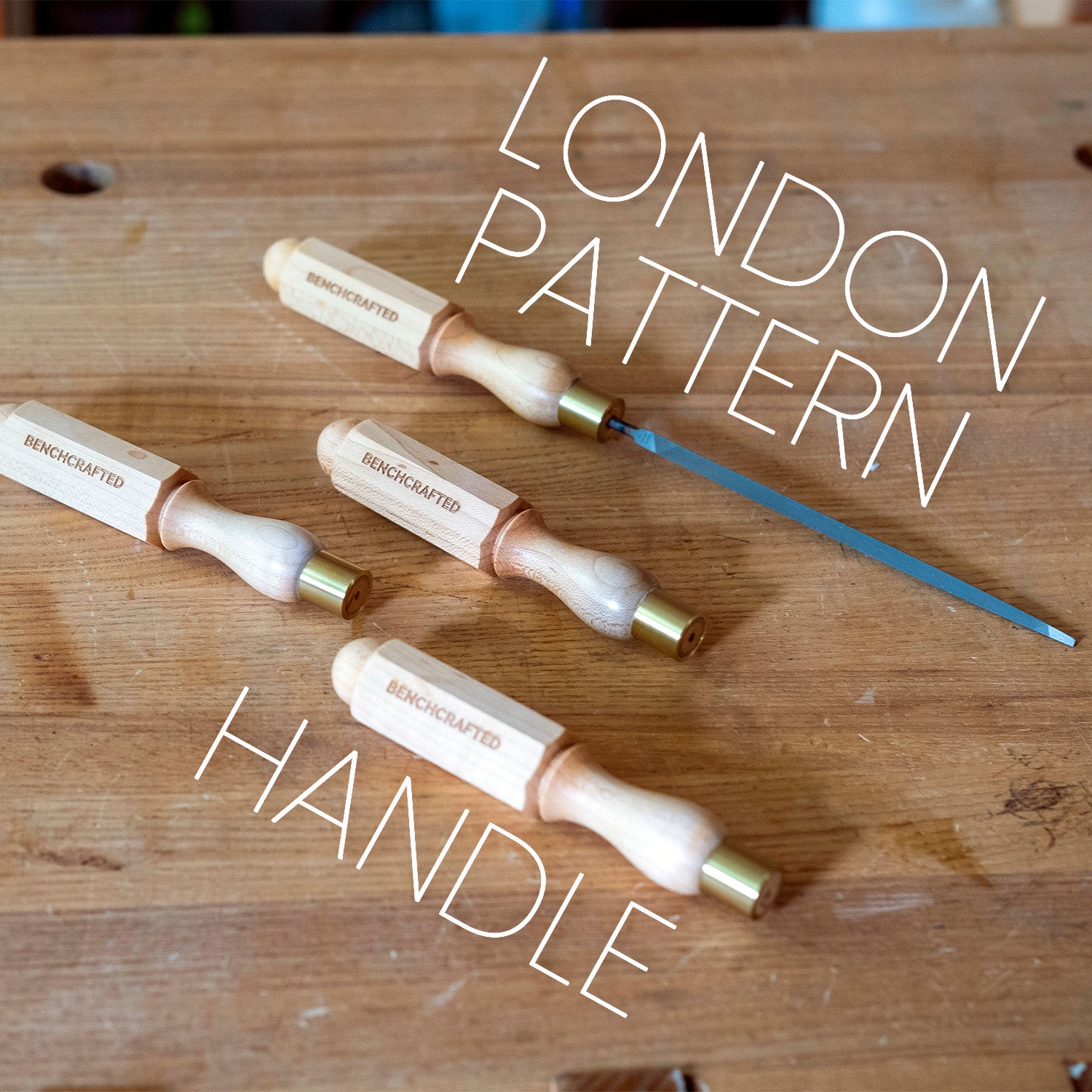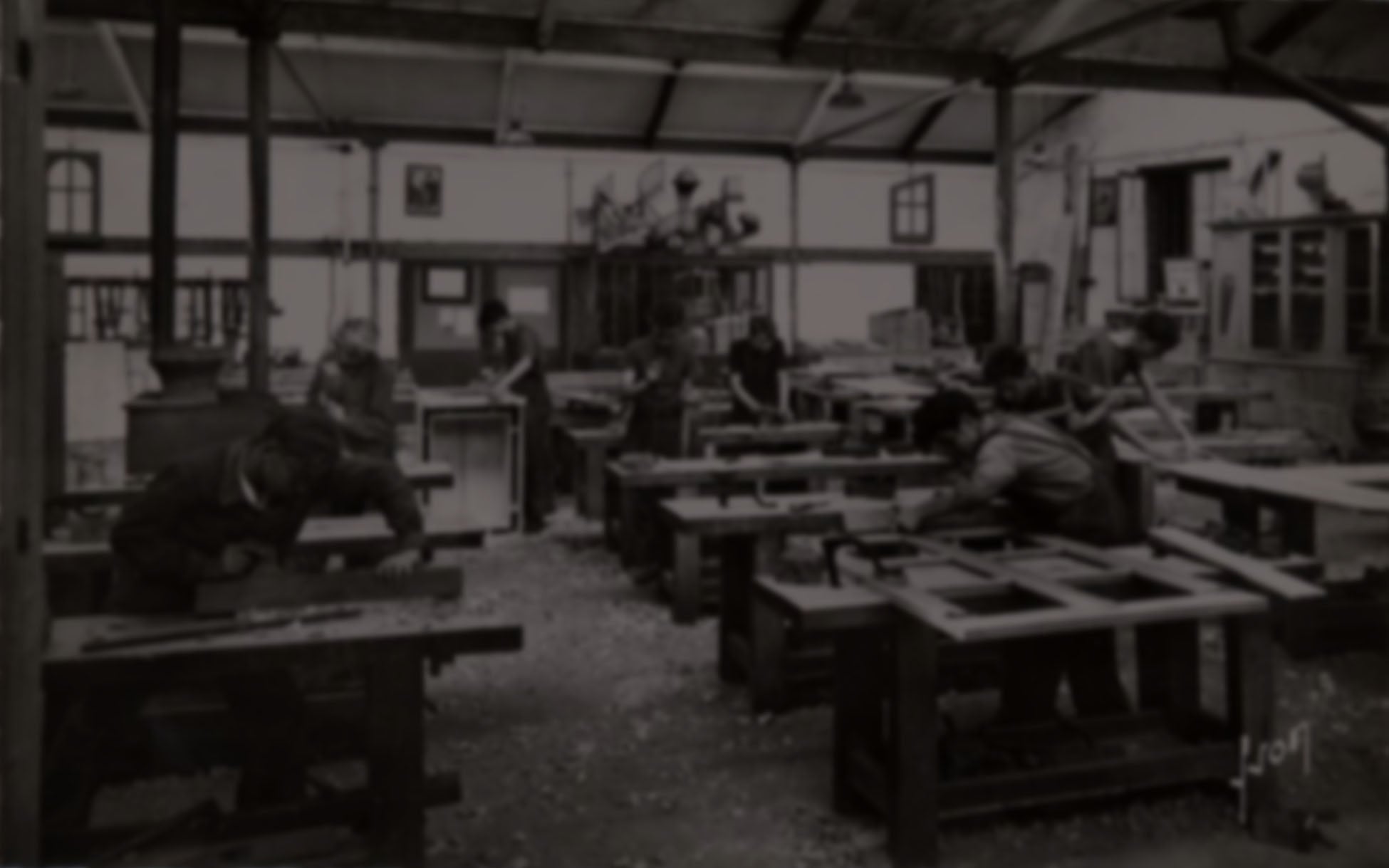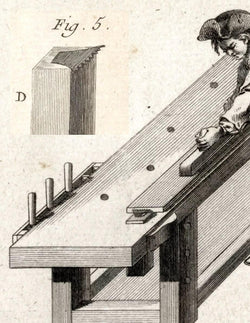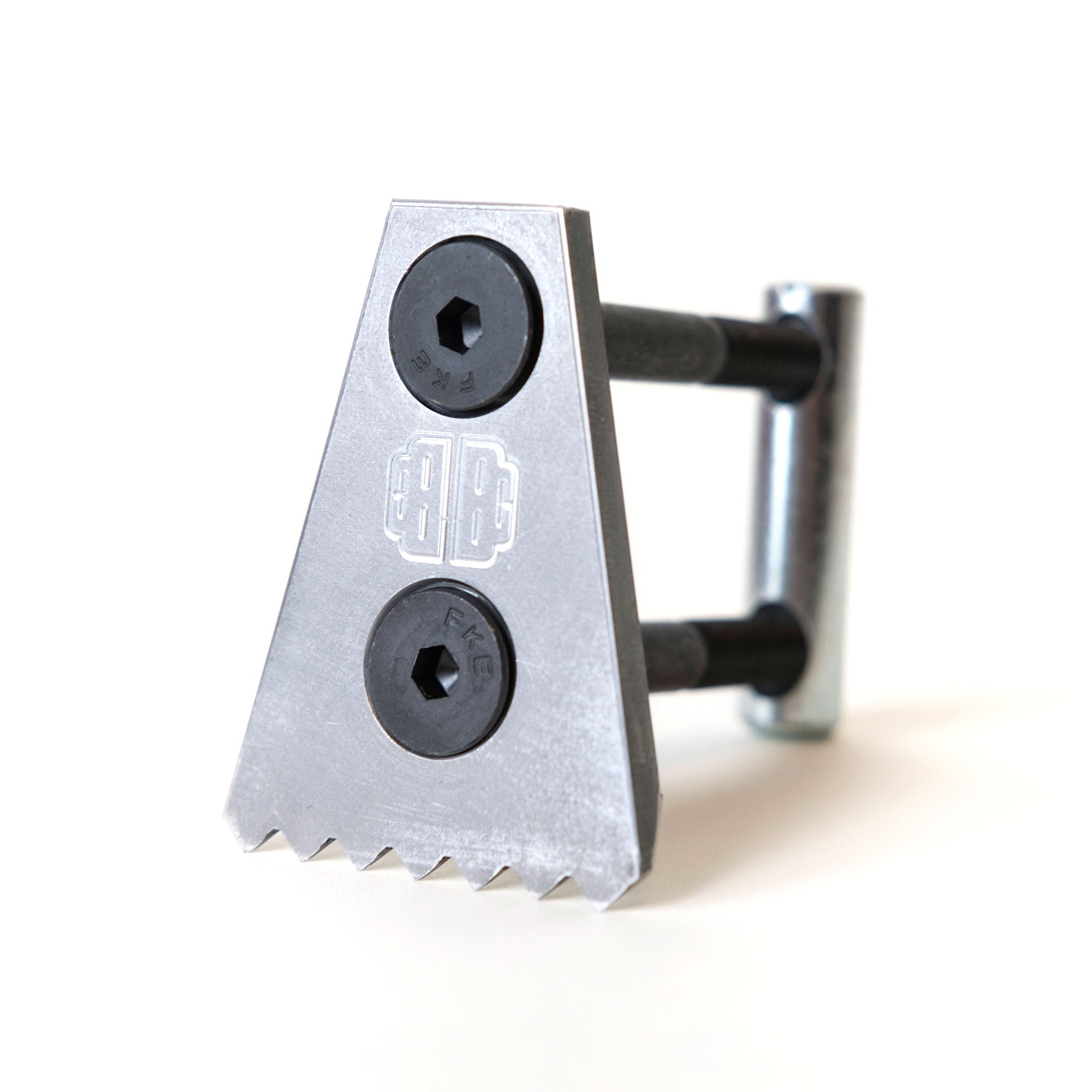

Planing Stop
The Benchcrafted Planing Stop offers a simple and straightforward way to hold your work and it's easy to install.

SIMPLY USEFUL
The Benchcrafted planing stop is made from mild steel. We mill the teeth into the stop then lightly deburr with abrasive paper to maintain the points of the teeth. The stop arrives sharp and ready to use.
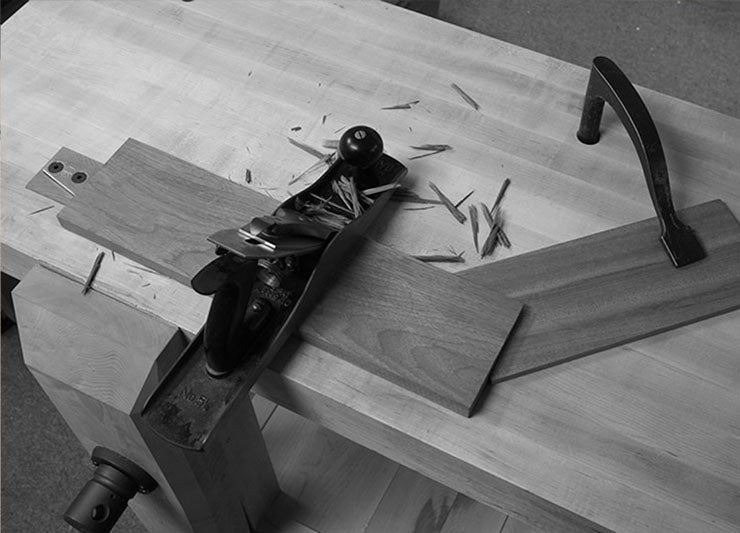
Easy Installation
Using the same principle as our Barrel Nuts, the Benchcrafted Planing Stop mounts to the wooden stock via two machine screws and a single, double-tapped barrel nut. This provides excellent holding power and resistance to rotation. It also makes tightening up the stop after seasonal movements a snap. Removing the stop for sharpening is also easy. Just remove the two screws and the stop is free to mount in a vise for filing the 90 degree teeth.
Although not required, lightly inlaying the stop into the end grain of the stock further helps reduce rotational forces. With a well-fit stock in your benchtop, adjusting the height of the stop is easy with mallet taps.

Planing Stop VS Tail Vise
Should you install a planing stop if you've already got a tail vise and dogs? Absolutely. Although their functions somewhat overlap, a toothed planing stop offers some serious advantages in certain situations. Have a stack of drawer sides that need face planing? Use of a planing stop is far quicker than opening and closing a tail vise for each board. The planing stop lets you move each board aside or flip it over with a quick movement, you never have to touch a vise handle. A planing stop can also hold mitered plinth or base without effort. The teeth bite into the beveled face of the miter (bevel down.) You can't even hold this board between miters with dogs.
If you prefer to work in a more rudimentary way, a planing stop accompanied by holdfasts and a doe's foot (see fig. 17 from Roubo's Plate 14) can give you excellent workholding. However, if you use routers, the doe's foot/planing stop combo is not useful. And if you carve, a pair of bench dogs will resist movement through 360 degrees. Not so with a planing stop. Obviously we think you should have both a planing stop and a tail vise on your bench, but we're also compelled to be completely practical. If you use hand tools almost exclusively and build more simple forms, or are on a budget, a planing stop will serve you well.
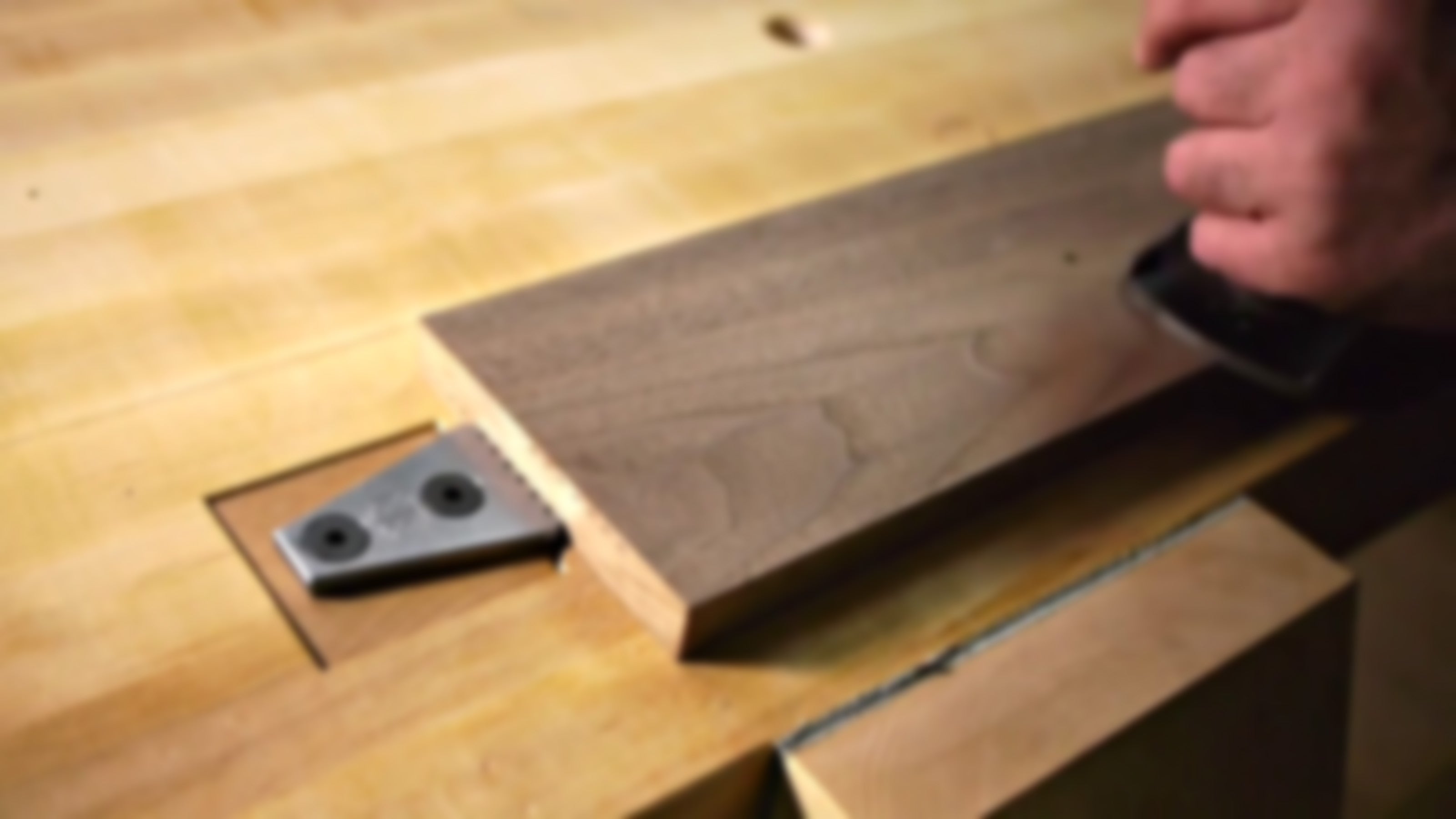
Video
Installation Instructions
Installation instructions for all our products are supplied only in PDF format. Please download and review the instructions before using your product.
Similar Products
